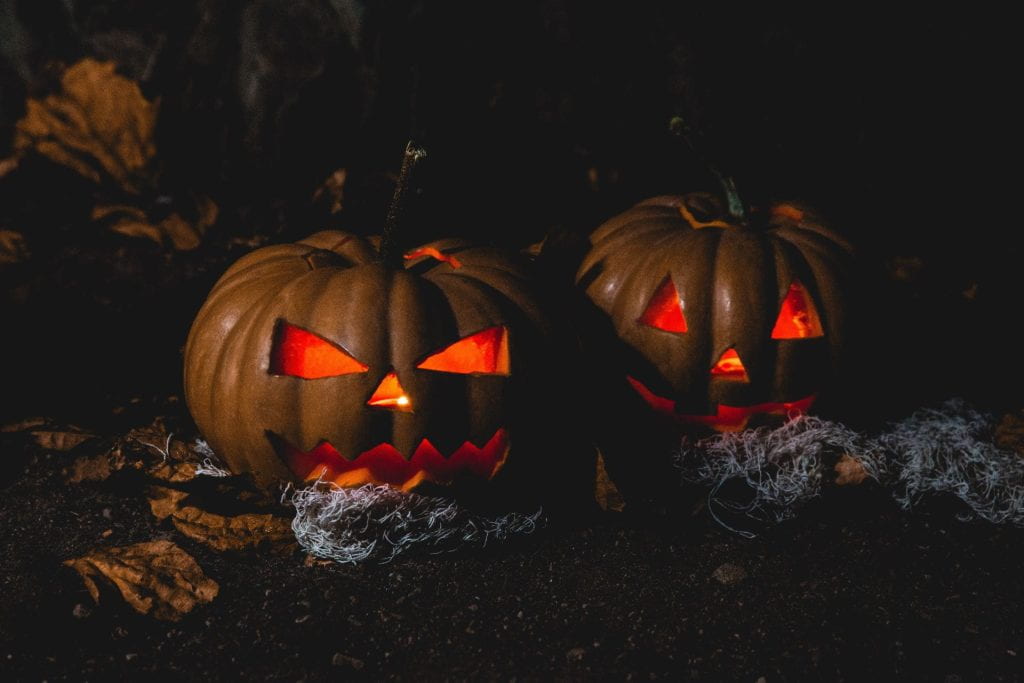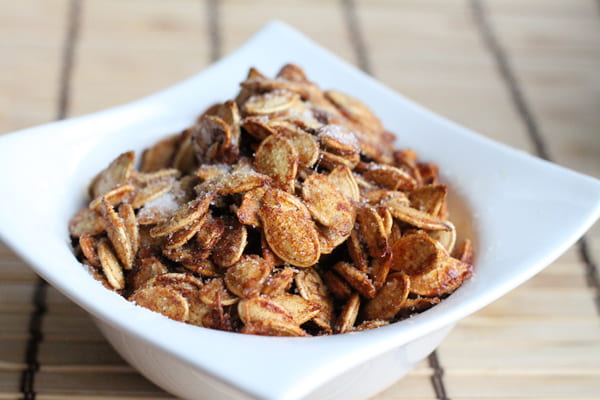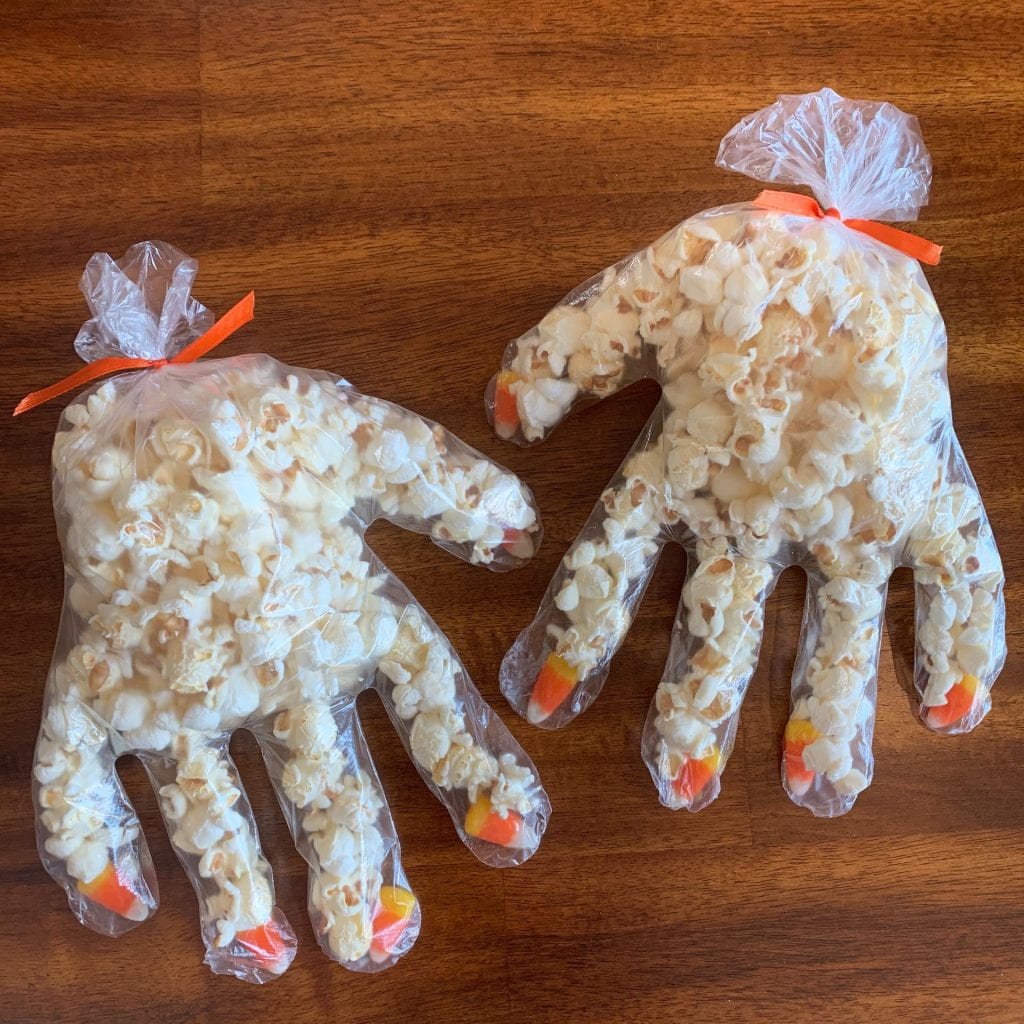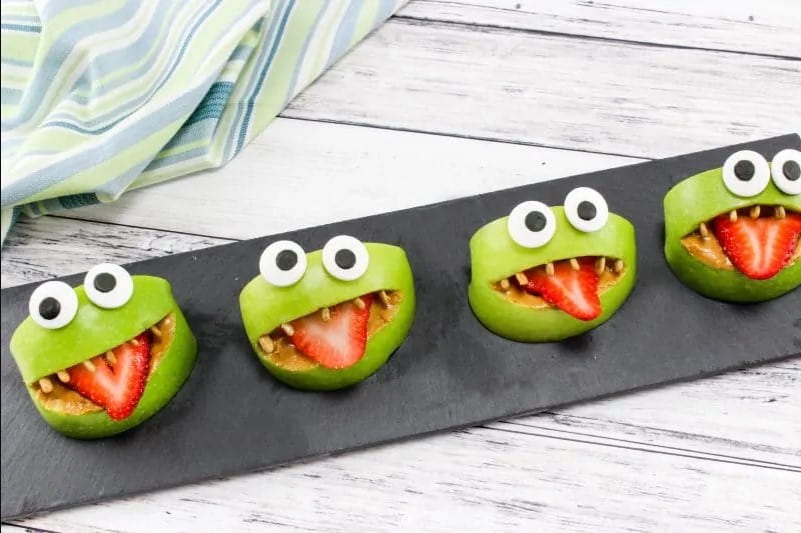
With October upon us, comes celebration of spooky season. The classic signs of Halloween approaching are here: theaters show scary movie marathons for those who want thrills and frights, skeleton and ghost decor begins to grace front yards and debate over what to wear for the event itself reaches a fever pitch. But witches, ghosts, and ghouls weren’t always reserved for just Halloween. In fact, some legends were born out of explanations for very real phenomena that used to strike terror across villages.
One particular example comes to mind. The year is 1788. Your friend has fallen ill recently. She’s lost a lot of weight, she has a fever, and her skin is growing paler by the day. She has even started coughing up blood. Even worse, these symptoms mimic that of her late brother, who died a few months previously. Thankfully, a neighbor has identified the culprit and knows the solution: dig up her brother’s corpse, cut out his heart, and burn it.
Wait, what? As strange as it sounds, this was a real series of events that happened in New England. Before the Germ Theory of disease, people needed explanations for the spread of disease. While bad air (Miasma Theory) or the four humors were potential explanations, when it came to the disease known as tuberculosis, vampires were offered as a potential explanation (1).
The original legend was brought over by immigrants from European countries (2). While the exact way vampires worked depended on the region, the general idea was that those who died came back to drain life from the living, often their family members. Given how tuberculosis spreads, family members did become ill, especially given members of one family might share the same bed. Digging up the corpse of the deceased family member was seen as a way to stop the illness and put it to bed at last. Given the cold winters in the region, sometimes bodies would be well preserved when they were dug up, further playing into the idea that the dead were feasting on the living. While the burning of organs didn’t actually do anything, in the face of an invisible illness, it provided those afraid with a feeling of some agency.
The vampire legend doesn’t arise solely from tuberculosis, but some hallmarks of the blood suckers can be traced to the pathogen: the pallor vampires are known for, along with sleeping in coffins. Other aspects of the mythical monster are hypothesized to come from other illnesses. Vampire’s aversion to light (photophobia), running water and biting others may all originate from rabies cases. Those afflicted with rabies can showcase these symptoms, and those who wrote early vampire stories may have drawn inspiration from the deadly disease (3). Symptoms of the genetic disease porphyria have also been attributed to perhaps inspiring the myth as it also causes issues with being in the sun (4).
Thankfully, we eventually figured out the real culprit behind tuberculosis wasn’t the walking dead, but a bacterium, and that we could defeat it with antibiotics, not wooden stakes. But it’s important not to judge those who believed in the vampire theory too harshly. They had figured out the contagious part of the disease. They only misattributed the vector.
So this October, remember where part of the fear of vampirism comes from. It’s not fangs, or gothic mansions, or poor book adaptations. Instead, think of those who latched onto the legend as an explanation, who knew something deadly was spreading, but didn’t know where to look or where it would strike next.
1. Blanding M. Vampire panic gripped New England in the 1800s. the real evil was in the air. Boston Globe (Online). Oct 27 2023. Available from: https://www.proquest.com/newspapers/vampire-panic-gripped-new-england-1800s-real-evil/docview/2882529806/se-2.
2. Groom N. UNEARTHING THE DEAD: Medicine and Detection, Body and Mind. In: The Vampire. A New History. Yale University Press; 2018:23-40. doi:10.2307/j.ctv6gqxp2.9
3. Gómez-Alonso J. Rabies: a possible explanation for the vampire legend. Neurology. 1998;51(3):856-859. doi:10.1212/wnl.51.3.856
4. McGrath J. Are vampires real? scientists have linked diseases and decomposition to all the historical tropes of nosferatu. Business Insider. Oct 21, 2023. Available from: https://www.proquest.com/newspapers/are-vampires-real-scientists-have-linked-diseases/docview/2879550637/se-2.






